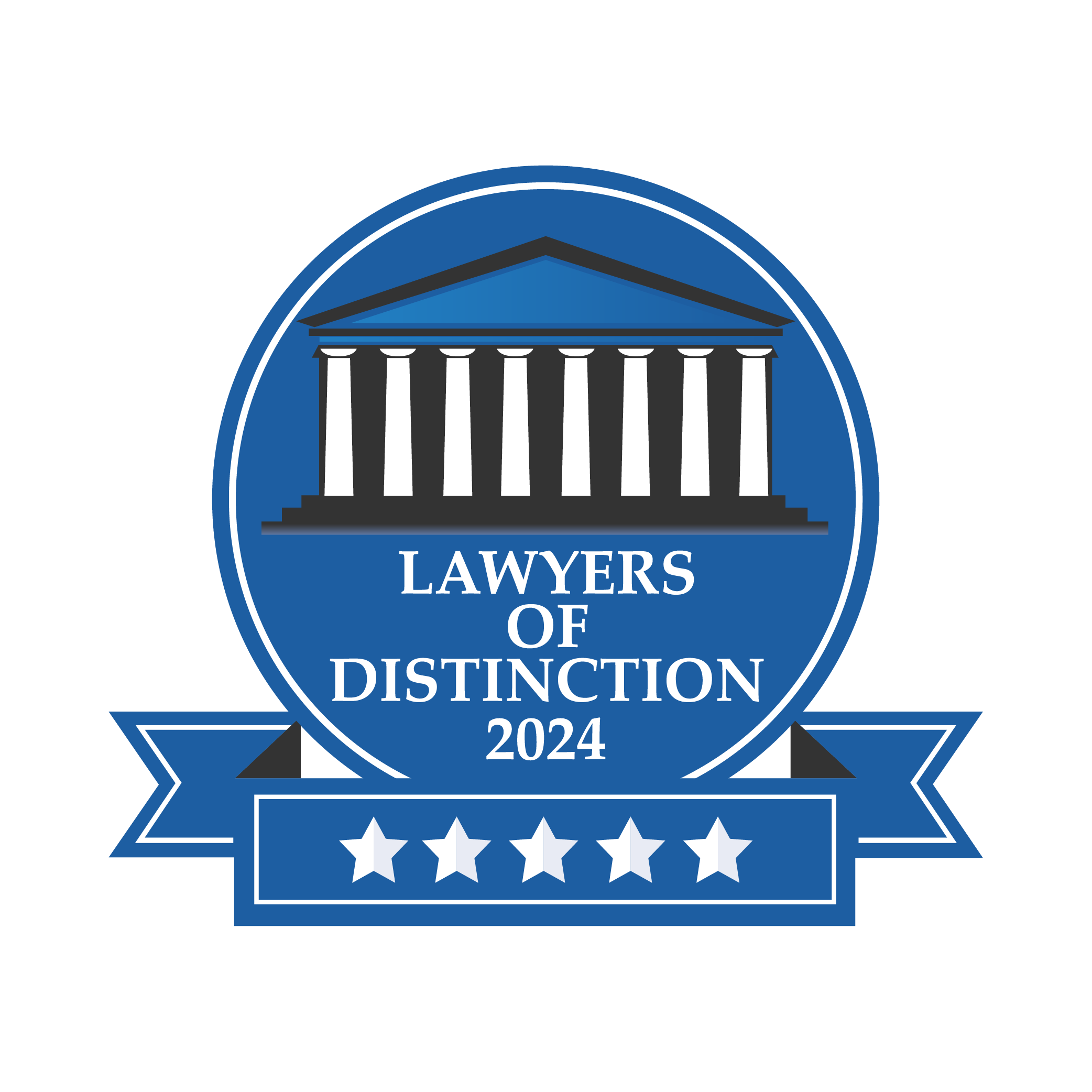With approximately 273 million registered vehicles on the road, millions of car crashes occur each year in the U.S. These car crashes led to 34,000 fatalities and about 1.8 million injuries in 2018. Auto insurance plays a crucial role in protecting you and other people when you get into an accident. It allows you to file an accident claim to help recover from injuries and damages you’ve sustained. Figuring out how to file an insurance claim for your injuries after your car accident can be daunting. In this article, we’ll explain the types of car accident claims available to you. We’ll also explore the process of making a claim after a road traffic accident.
Types of Insurance Claims
When dealing with car accidents and insurance claims, there are two types of claims you can potentially make: first-party and third-party claims.
First-Party Claims
An individual making a claim with their own insurance company is referred to as a first-party claim. When you purchase insurance coverage, you enter into a contract with your insurance company. Your insurance company will provide you with coverage protection if you suffer losses in an accident in exchange for premium payments. First-party claims allow you to make claims with your insurer according to the policy agreements outlined on the contract. Some common claims you can make under first-party claims include:
- Collision coverage: Provides monetary compensation for any damages to your vehicle due to a collision.
Note that it doesn’t matter who’s at fault. If you have collision coverage on your policy, your insurance company must pay for your vehicle repair costs.
- Comprehensive coverage: If your vehicle sustained damages due to any non-collision-related cause, you could claim with your insurance company. Non-collision-associated reasons could be theft, vandalism, hail, or fire.
- Uninsured/underinsured motorist: This type of insurance covers medical costs for you and your passengers if the other driver was at fault and either did not have auto insurance or enough insurance to pay for your damages.
- Medical payments: With this coverage, your insurance company will pay for you and your passengers’ medical bills. You would get this payment even if you were at fault in the accident.
- Other coverage: Your insurance company may offer additional coverage, including roadside assistance, rental car expenses, and towing fees. If you opt into these coverages, you can make a first-party claim as well.
Third-Party Claims
Rather than claiming with your personal auto insurance company, a third-party claim is when you claim with another party’s insurance company. Typically third-party claims are made when a car crash victim seeks compensation through the at-fault driver’s insurance. Various states will differ in their auto insurance claim laws. However, the majority of the states require drivers to have third-party liability insurance. When drivers purchase liability insurance with their insurance company, it protects them in accidents where they were found to be at fault. The minimum liability coverage in Nevada is 25/50/20:
- $25,000 for bodily injury of one person
- $50,000 for bodily injury of two or more persons
- $20,000 for property damage
For example, if another driver rear-ended your car because they were distracted, you can make a third-party claim against the other driver’s insurance. The other driver’s insurance would pay for your car damage and medical bills, up to a specific limit.
What is a Bad Faith Claim?
Sometimes insurance companies may try to withhold or deny payments with no good cause. After all, their bottom line is ultimately affected when sending settlement payments to victims. If a first-party claimant can prove the insurance company acted in ‘bad faith,’ they may pursue a bad faith insurance claim. What does ‘bad faith’ mean? Being denied a claim is not grounds for a bad faith claim. Likewise, disagreeing on the settlement value is also not enough to prove bad faith. Instead, what you must demonstrate is your insurance company failed or delayed to pay you your settlement—according to your policy contract—without reasonable cause. Alternatively, you can also make a bad faith claim if you can prove that your insurance company acted recklessly when making their decision to delay or deny your claim. Note that a bad faith claim is only applicable to first-party claims. This means you can only file this type of claim against your own insurance company, not another third-party insurance.
The Accident Claims Process
Are you wondering how to file a medical claim after a car accident? Whether it’s for your medical bills or car damages, here is the accident claim process.
1. Seek Medical Attention
You should seek medical attention right after an accident. Medical records immediately after an accident can play an essential role in the success of your insurance claim. In some cases, the other party’s insurer may request you to go for an independent medical examination. The results of this examination allow the insurance company to evaluate the extent of your injuries.
2. Notify Insurance Company
Whose insurance company you notify will depend on who’s at fault. If you’re at fault, you will notify your personal auto insurance company to initiate a first-party claim. If another party is at fault, you will notify their insurance company to initiate a third-party claim.
3. Investigation and Discovery
Once notified, the insurance company will open up an investigation into your claim. They will begin fact gathering to piece together what happened leading up to the accident. A claims adjuster will likely ask you more in-depth questions. Key witnesses, photos, and medical reports will also all be considered during this phase.
4. Settlement
Based on their investigation, the insurance company will offer you a settlement check for your claim. You can further negotiate with the insurance company if you think the offer is too low. A qualified attorney would be able to help you determine whether or not you’ve received adequate compensation for your damages. It’s a good idea to consult with an attorney before speaking with the insurance companies. The other party’s insurance company may try to obtain a recorded statement immediately after the accident. A recorded statement may be used against you during the claims process. Get legal advice from an attorney before making any statements or agreeing upon settlements from the insurance company.
What If Your Claim is Denied?
If you’ve gone through the entire claim process, and the insurance company rejected your claim, what do you do next? Whether it’s your insurance company or the other party’s, there are a few possible reasons why insurance companies may deny your claim:
- The accident was not reported to the insurance company right away
- You provided incomplete or misleading information to the insurance company
- You violated traffic laws leading up to the accident
- The type of accident is not covered under the insurance policy
- You were behind on your premium payments
The insurance company will typically send you a notification indicating your claim was denied. If you disagree with their decision, you can appeal. Insurance companies must provide a reason for the denial. You have the right to challenge any part of their reasoning. For first-party claims, if you don’t believe your insurance company offered reasonable cause for denying your claim, they may be acting in bad faith. This is a separate claim you can make to seek compensatory and punitive damages. Consult with a personal injury attorney if your car accident injury claim is denied. An attorney will recognize whether there was just cause for denial. The appeal process can also vary from insurer to insurer. Your attorney will assess your claim and negotiate with the insurance company to ensure you have the best chance on your appeal. If the case requires further litigation, having an attorney is even more critical as they navigate your behalf’ legal proceedings.
How Much is My Accident Claim Worth?
When determining how much your accident case insurance claim is worth, there are two important factors: the dollar amount of damages you’ve sustained and how much fault you’ve contributed to the accident.
Determining Your Damages
Certain damages are relatively easy to match to a dollar value. Things like medical bills, car repair costs, or loss of income have a fixed value. However, other damages are more difficult to quantify. Damages like pain and suffering, loss of companionship, and an overall reduction in life quality have no universally accepted formula for calculating a monetary value. Therefore, it’s crucial to have an attorney evaluate your accident and injury claim to ensure you are adequately compensated.
Assigning Fault
Another important consideration for calculating how much your claim is worth is fault. Nevada operates under the legal principle of comparative negligence (or comparative fault). This means that if you were found to be more than 50% at fault in a car accident, you could not claim damages. If you were found to be 50% or less at fault, you could claim damages. However, the dollar amount of damages will be reduced based on the proportion of responsibility assigned to you. States all vary in how they calculate damages concerning fault. Some states like Alabama and Virginia operate under pure contributory negligence, which prevents you from recovering damages even if you were only 1 percent at fault. Other states like California and Florida follow the pure comparative fault principle, allowing you to recover damages if you were 99 percent at fault.
Valiente Mott: Expert Legal Advice
If you were injured in an accident caused by someone else’s negligence, you have the right to seek compensation. Valiente Mott offers expert legal representation to personal injury victims. We’ll review all aspects of your accident and give you the best legal options when filing your accident claim. We offer free consultations. If you need a car accident attorney in Las Vegas, contact us today.

